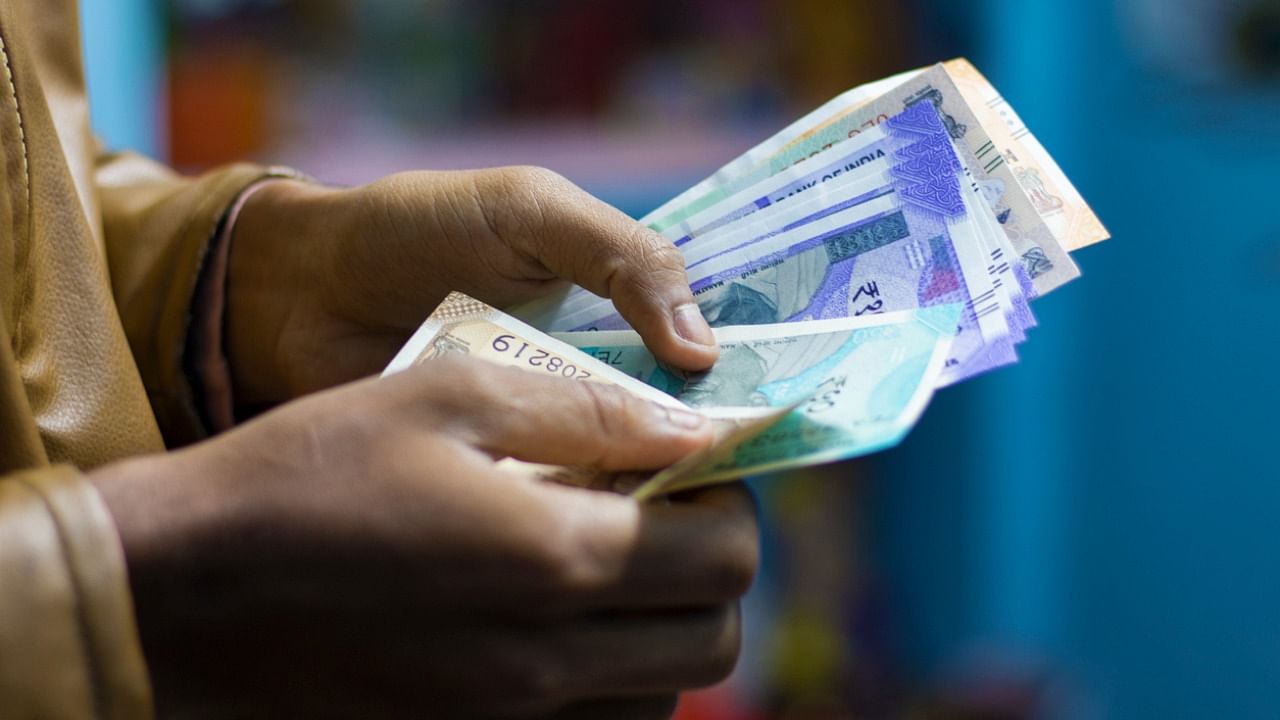
With general elections in a year’s time, the debate over Universal Basic Income (UBI) will soon resume. The International Monetary Fund (IMF) defines UBI as ‘an income support mechanism typically intended to reach all (or a very large portion of the population) with no (or minimal) conditions’.
Many nations have UBI in different forms, intending to financially empower disadvantaged sections of society.
Bolsa Familia
The Brazilian model called ‘Bolsa Familia’ (Family Grant), is regarded as one of the most successful models. A decade after its launch, in 2013 the World Bank called it ‘Brazil’s Quiet Revolution. It is a conditional cash transfer scheme that provides a monthly payout of $115 (Rs 9,400 approx.) to over 13 million low-income families, roughly 25 per cent of Brazil’s population. Since 2003, 36 million Brazilians have been lifted out of poverty, a feat partly attributed to this scheme. Another World Bank report states Bolsa Família helped achieve two critical results: ‘reducing current poverty’ and ‘getting families to invest in their children, thus breaking the cycle of intergenerational transmission and reducing future poverty’.
GiveDirectly
GiveDirectly is piloting a project in Kenya and initial results are very encouraging. In a study published in 2019, based on a 27-month study, GiveDirectly provided one-time cash transfers of about $1,000 to over 10,500 poor households across 653 randomised villages in rural Kenya, and each $1,000 transfer increased spending by both recipients and nonrecipients by approximately $2,600.
SEWA-India
In 2011-2012, a pilot project in Madhya Pradesh gave a basic income to ~6,000 Indians. The project, co-ordinated by the Self-Employed Women’s Association and funded by UNICEF, included two studies.
In the first study, every person in eight villages received a monthly payment. After one year, the payment increased by 50 per cent. Meanwhile, 12 similar villages received no basic income, acting as a control group.
In the second study, one tribal village received an income of Rs 300 per adult and Rs 150 per child. Another tribal village acted as a control.
A significant part of the impact was the investment of the beneficiaries in sanitation and drinking water supply. Several households used it to improve their energy sources. Moreover, the percentage of households with at least one bed rose from 35.5 per cent to 83 per cent. Ownership of mobile phones increased from 9 per cent to 61 per cent, and scooter or motorbike ownership increased from 3 per cent to 30 per cent.
Budget-Neutral UBI
The American Enterprise Institute published a working paper on a budget-neutral universal basic income (2017). The empirical study analysed the impact of repealing most welfare and transfer programmes, including Social Security and Medicare, as well as replacing the individual income tax gains with a programme offering a universal basic income on a budget-neutral basis.
It found substantial differences in welfare effects across income levels and ages, with people over 65 suffering net welfare losses as a result. The reason for this is largely because of the repeal of Social Security and Medicare. Under the reform, those under 65 experience net welfare gains, except for those with higher incomes.
The jury is still out on whether minimum income guarantee (MIG) schemes (like UBI) are good or bad.
MIG schemes benefit low-income families, and can help reduce poverty and inequality much faster than any other programme in this space. A MIG scheme will discourage low wages by giving people more negotiating power (similar to the MGNREGA’s impact). MIG, in addition to redistribution of wealth, it can also contribute to social equality.
The overall cost and ever-increasing inflation are big deterrents against MIGs. There are fears that if money is guaranteed at regular intervals, it could dampen the incentive to gainful employment.
Studies have proven that fears that MIGs discourage gainful employment and encourage consumption of alcohol and tobacco to be misplaced. A report based on a study conducted by Harvard and MIT economists in seven countries found no evidence that cash transfer programmes discourage work. A World Bank review of 19 cash transfer studies showed that concerns about using cash transfers for alcohol and tobacco consumption unfounded.
Globally, direct cash transfers from the government during the pandemic have benefited people living below the poverty line. According to a World Bank report, digital cash transfers reached approximately 763 million people during the pandemic.
Indian Context
According to a United Nations report published in October, between 2005 and 2021, India lifted 415 million people out of multidimensional poverty. Despite this achievement, India has the largest number of poor people worldwide (228.9 million), followed by Nigeria (96.7 million). Rural areas account for nearly 90 per cent of the poor. The Global Hunger Index ranks India 107th out of 121 countries, worse than any country in South Asia, except Afghanistan. The proportion of the employed population below the $1.90 PPP/per day mark was 7.6 per cent in 2021.
The data related to poverty and hunger suggests that India must do something about it and do it immediately. In 2018, Former Chief Economic Adviser Arvind Subramanian suggested implementing a quasi-UBI and providing income support to 75 per cent of rural families (Rs 18,000 per year per household), which would cost ~1.3% of the GDP.
In May, Bibek Debroy, the Chief of the Economic Advisory Council to the Prime Minister released ‘The State of Inequality Report’. It recommended that the government introduce a guaranteed job programme for the urban unemployed and create a UBI scheme to reduce income inequality.
History provides a contrasting view of MIG. Sometimes the basic income introduced a ‘Ceiling’ instead of a ‘Floor’. However, the minimum income and support from the government have always provided a supportive cushion in times of crisis.
(Bibhu Mishra works with The Global Education and the Leadership Foundation.)
Disclaimer: The views expressed above are the author's own. They do not necessarily reflect the views of DH.